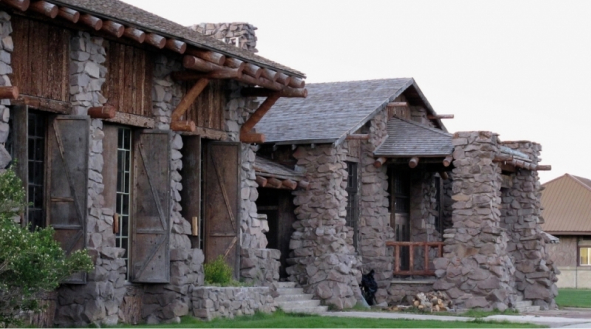Here are common questions about Mammoth Hot Springs.
Q. Are Mammoth Hot Springs drying up?
A. They aren’t drying up but they are changing. In fact, they are in a constant state of change on a daily basis. Although some of the springs dry up, other new ones are formed by the direction of flow and amount of water down the hillside.
Wildlife
Q. Are the elk around the visitor center and other parts of the terraces tame?
A. No, they aren’t tame but have lost their fear of humans to some degree. They are still unpredictable, particularly during the mating season when bull elk can get agitated easily and become aggressive. If approaching cows with calves, you should be aware that they could also become aggressive and dangerous.
Fort Yellowstone
Q. What are these old buildings I see?
A. The stone and wooden buildings that face the Mammoth Hotel used to be the officers’ quarters for the US Cavalry. They inhabited this area from 1891 to 1918. Learn more on the Fort Yellowstone Online Tour.
Summer Activities
Q. Is swimming allowed in the hot springs?
A. No swimming is allowed in any of the park’s thermal features because it is unsafe for visitors, as well as damaging to the resource. You are permitted to swim in waters that are fed by the runoff from the thermal features. One place you can swim is at the Boiling River at certain times of year.
Winter Activities
Q. What is there to do at Mammoth in the wintertime?
A. There are many activities you can enjoy during the winter months, such as cross-country skiing, snowmobiling, snowshoeing, ice skating, snowcoach tours, relaxing in the Boiling River, watching wildlife and much, much more.





